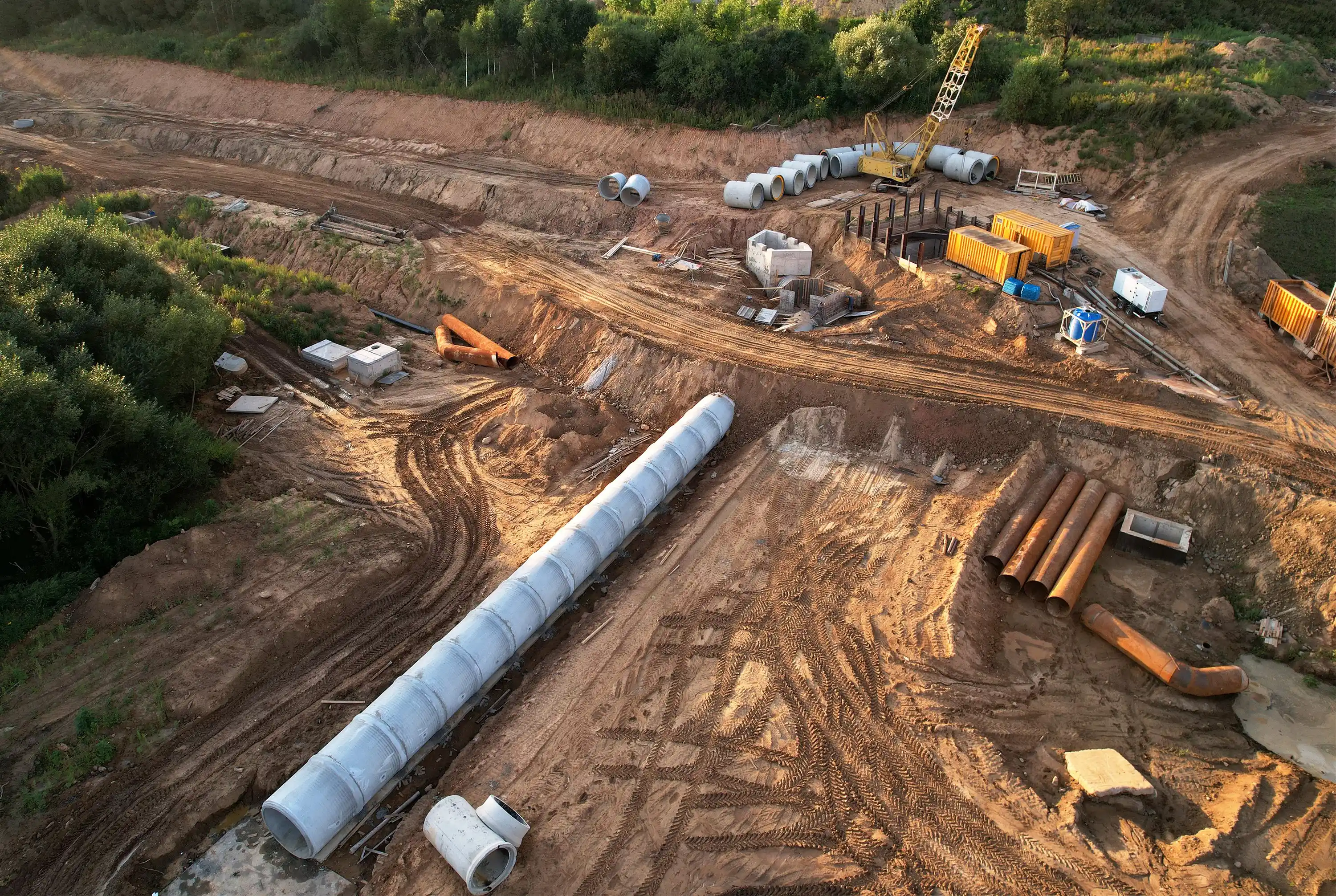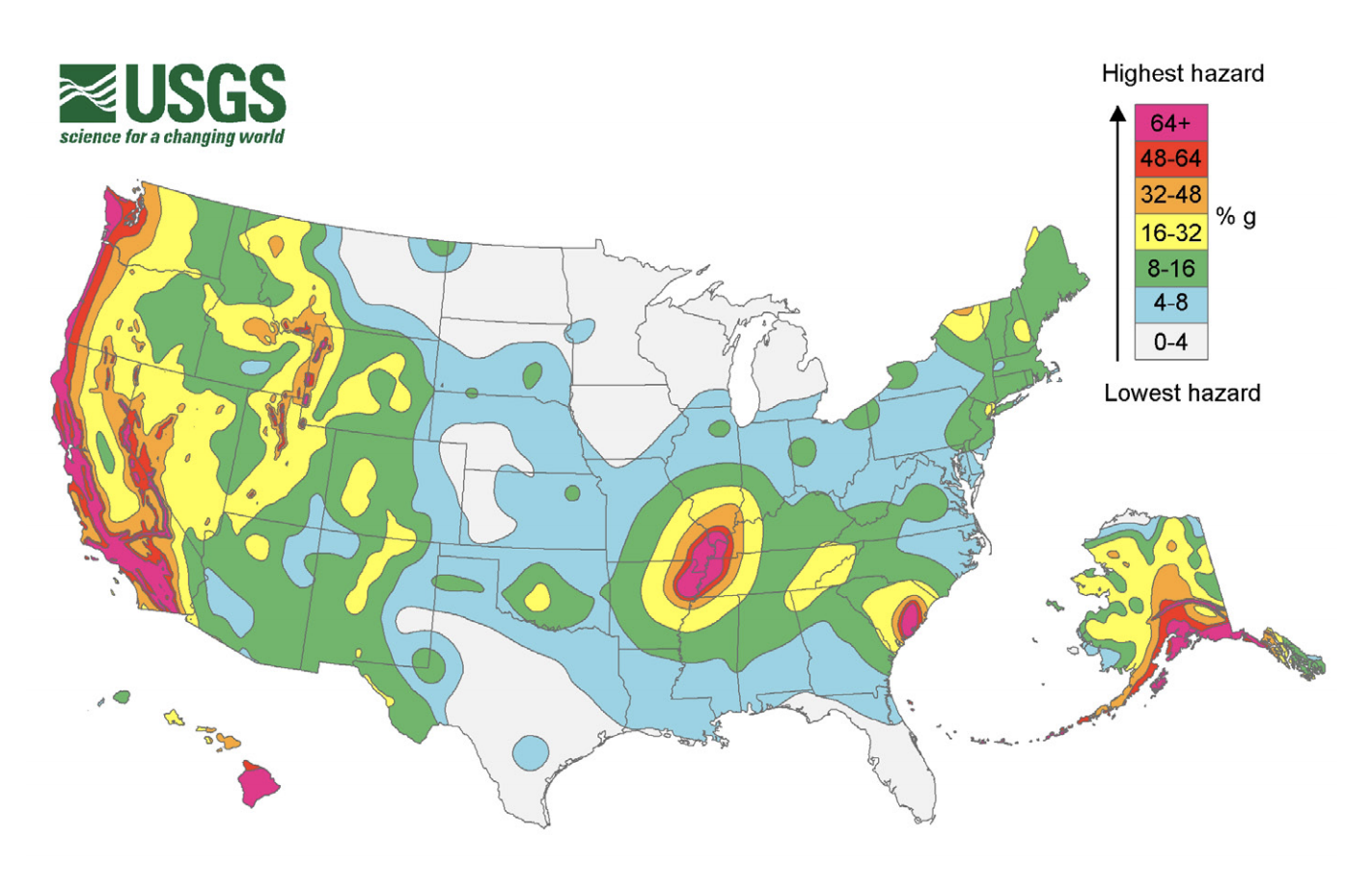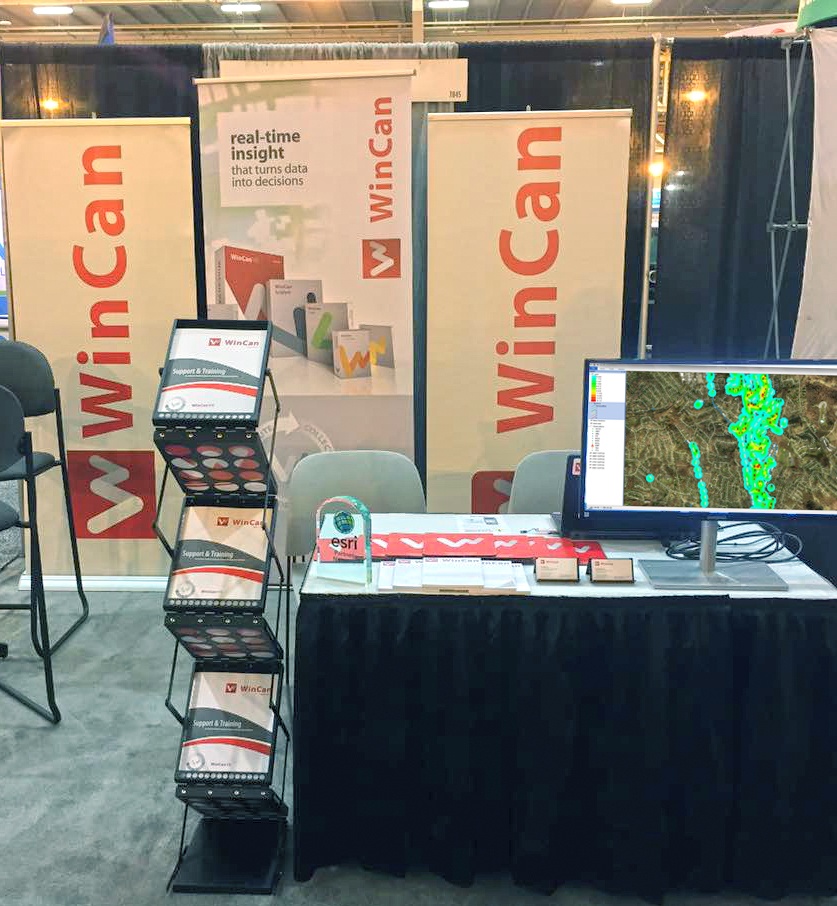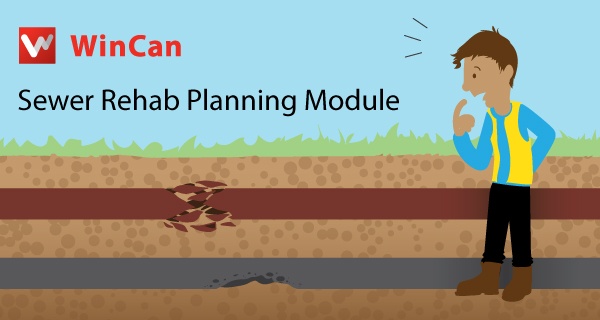Many wastewater departments rely on grant funding to outfit inspection teams with the resources they need. These funds come from a variety of different sources and cover the costs of essential sewer rehab and maintenance operations.
Sewer Basics: Grants for Wastewater
[fa icon="calendar'] Aug 1, 2022 3:18:20 PM / by WinCan
The Shifting Wastewater Industry: From Cloud-Based Workflows to Resilient Infrastructure
[fa icon="calendar'] Feb 4, 2022 1:40:47 PM / by WinCan
The wastewater industry is seeing shifts in core workflows, creating trends toward more efficient tech and more resilient infrastructure. In particular, use of artificial intelligence (AI) will continue to spread as municipalities migrate toward predominantly cloud-based workflows. But beyond technology, the United States is putting renewed effort into rehabilitating infrastructure, with more cities investing in sustainable, resilient sewer systems with the ability to adapt in the face of extreme weather.
Understanding COVID-19's Impact on Wastewater Budgets
[fa icon="calendar'] Aug 28, 2020 4:38:35 PM / by WinCan
Wastewater industry professionals have carried on much the same during the COVID-19 pandemic, ensuring that essential services are getting the attention they need to provide for communities. But while the specific needs of sewer systems haven’t shifted much, the industry’s financial situation has, forcing departments across the United States to reevaluate and rebudget.
Sewer Basics: What is Sewer Rehab Planning?
[fa icon="calendar'] Apr 9, 2020 2:34:13 PM / by WinCan
A sewer rehabilitation plan identifies the work needed on a sewer system and outlines a strategy for how the work is to be completed. While putting a plan together can be time-consuming, it offers a great return on investment, ultimately saving a department time and resources.
Winter is Here: The Effects of Cold Weather on Sewer System Maintenance
[fa icon="calendar'] Jan 14, 2019 8:12:00 AM / by WinCan
Freezing temperatures can shut down much of a city, even in the most prepared areas. But even in the worst weather, the need for sewer maintenance remains high. While a storm rages above ground, effluent continues flowing and pipes continue degrading. So how do crews keep moving during storms? Prioritize.
Earthquake Resilience for Wastewater Operators
[fa icon="calendar'] Nov 28, 2018 11:00:00 AM / by WinCan
Water and wastewater systems are a vital aspect of our daily lives, and any upset to these systems can have a ripple effect that impacts entire communities. That’s why it’s essential for water utility companies in earthquake zones to understand the threat these disasters pose to their systems and adequately prepare for emergency situations. To minimize damage and decrease recovery time, municipalities need to take an active role in earthquake preparation.
Event Rundown: IFAT 2018
[fa icon="calendar'] May 22, 2018 4:43:34 PM / by WinCan
Every two years, IFAT—the world’s largest trade show for water, sewer and waste—descends on Munich, Germany for five days. The show draws more than 141,000 attendees and 3,300 exhibitors from 58 countries. This year, WinCan moved to Hall C3, where it exhibited prominently among manufacturers dedicated to the construction, maintenance and rehabilitation of water supply and sewerage systems. WinCan’s latest products and features were highlighted at this year’s event.
Find WinCan at WWETT 2018, Booth 6132
[fa icon="calendar'] Feb 6, 2018 4:58:46 PM / by WinCan
Save the date: WinCan will be at the WWETT Show in Indianapolis, February 22-24, booth 6132. We’ll be showing off the latest additions to our industry-leading sewer inspection reporting and asset management platform, including:
Plan and Budget Sewer Rehab Projects with WinCan RPM
[fa icon="calendar'] Jan 17, 2018 6:46:35 PM / by WinCan
Planning a sewer rehab project means weighing many factors for each asset: location; defect type, quantity and severity; surface obstructions; pipe material and age; and more. From his early days in the municipal world, WinCan Business Manager Mike Russin recalls using highlighters with maps tacked to the wall. “It used to be a huge hassle,” he says. “We’d watch VHS tapes, find the spot in need of rehab, use different color highlighters to mark what kind of rehab was needed, and then take the map into the engineer's office at the end of the month to get approval. There were so many hoops you had to jump through.”













